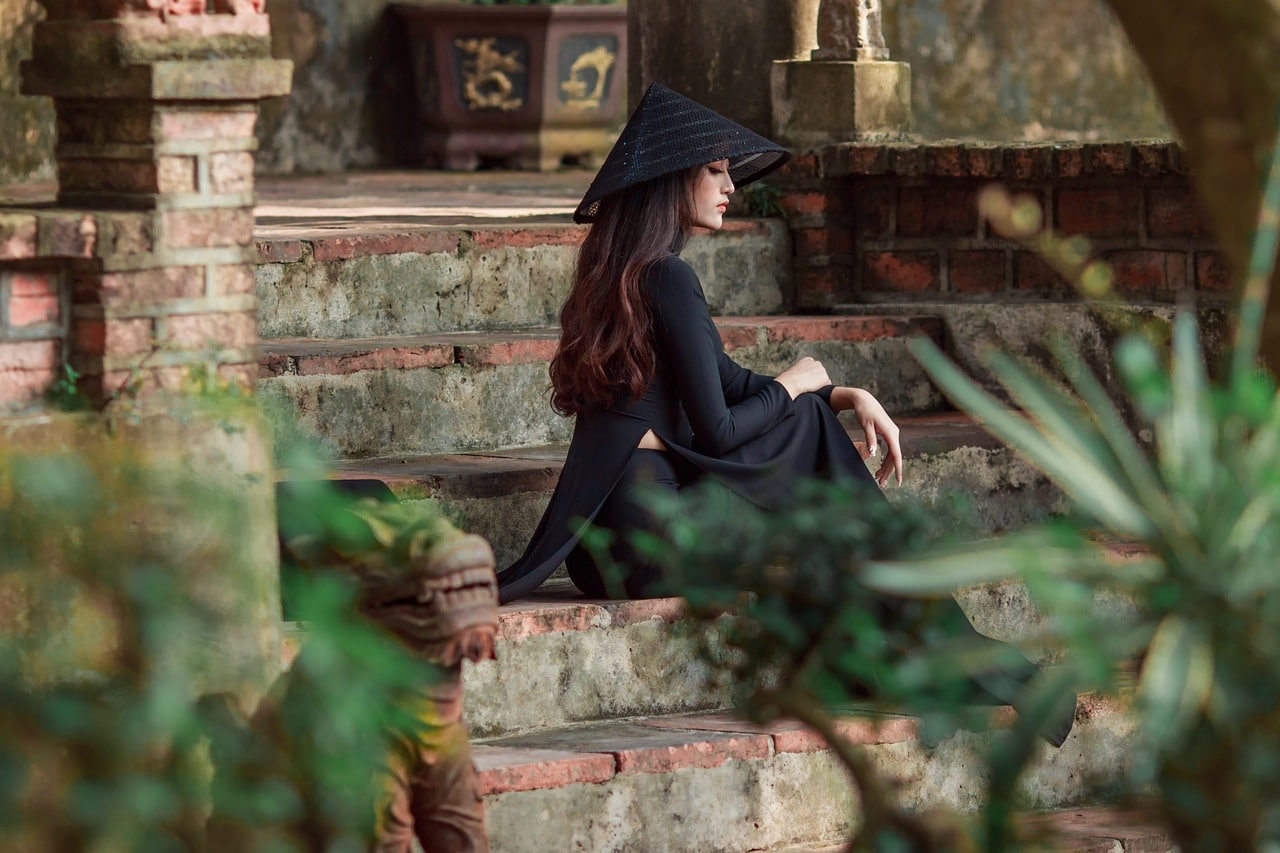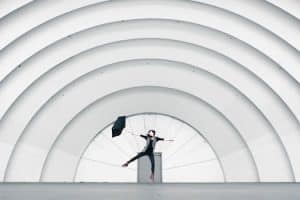Embroidery Tales: Decorated Fashion Through Time
Embroidery has been an integral part of fashion for centuries, adding intricate details and personal touches to clothing and accessories. It has evolved from simple stitching to elaborate designs, and has played a significant role in shaping fashion trends throughout history. From ancient civilizations to modern high fashion, embroidery has stood the test of time and continues to capture the hearts of fashion lovers. Let’s take a journey through the rich history of embroidery and discover the stories behind this decorated fashion.
Roots of Embroidery: From Functional to Decorative
Embroidery originated as a functional technique, used to mend and reinforce clothing. The earliest evidence of embroidery dates back to 30,000 BC, found in fossilized imprints of hand-stitched clothing. It was used by ancient civilizations, such as Egyptians, Persians, and Chinese, as a way to adorn garments and showcase wealth and social status.
As the technique spread across the world, different cultures developed their own unique styles. In India, heavy and ornate embroidery called zardosi became a symbol of luxury and was used in royal clothing. In Japan, intricate silk thread embroidery called sashiko was used for both decoration and to patch up tears in clothing.
Embroidery in the Middle Ages: Tales of Royalty and Religion
During the Middle Ages, embroidery took on a new level of intricacy and became an essential element of fashion for royals and religious figures. The Bayeux Tapestry, a famous embroidery piece from the 11th century, depicts the events leading up to the Norman conquest of England. It is considered a masterpiece in the history of embroidery and showcases the storytelling aspect of this craft.
During this period, embroidery was also used in religious garments and tapestries to communicate spiritual and religious themes. The elaborate embroidery seen in liturgical vestments and altar cloths served as a way to connect with a higher being and display devotion.
The Renaissance: Embroidery as an Art Form
The Renaissance was a period of great artistic expression, and embroidery was no exception. Embroidery techniques were refined, and new stitches and patterns were invented. Ornate and extravagant embroidery was seen on clothing, accessories, and even home decor.
One of the most famous examples of embroidery from this era is the Medici collar, which displays a combination of goldwork, silk, and pearls, and was worn by Catherine de’ Medici. It is considered to be one of the most elaborate and expensive pieces of embroidery ever created.
Embroidery in the Modern Era: Keeping Tradition Alive
In the 19th and 20th centuries, embroidery took a backseat to the industrial revolution, which led to the mass production of clothing. However, it made a resurgence in the mid-20th century as a way to personalize and add character to mass-produced clothing. Embroidery was also used as a feminist statement, with women reclaiming this traditionally feminine craft and turning it into a form of self-expression.
Today, embroidery is still a popular technique in fashion, with designers and brands incorporating it into their collections. It has also made its way into the world of high fashion, with luxury brands such as Gucci and Chanel showcasing hand-embroidered pieces on the runway.
Embroidery in the Digital Age: Blending Tradition with Technology
With advancements in technology, digital embroidery machines have made it possible to create intricate designs and patterns quickly and accurately. This has opened up a whole new world of possibilities for embroidery, allowing for more experimentation and creative expression.
However, while digital embroidery has its advantages, traditional embroidery techniques and handwork are still highly valued and sought after. The imperfections and human touch in hand-embroidered pieces bring a unique charm and character that cannot be replicated by machines.
In Conclusion
Embroidery has come a long way from its humble beginnings as a functional technique to its current status as a decorative art form. It has survived through centuries of changes in fashion and continues to evolve and adapt with the times. Its enduring presence in fashion is a testament to the craftsmanship, creativity, and storytelling abilities of this decorated fashion. Through its tales of royalty, religion, and innovation, embroidery continues to capture the imagination and remain a beloved aspect of fashion.








